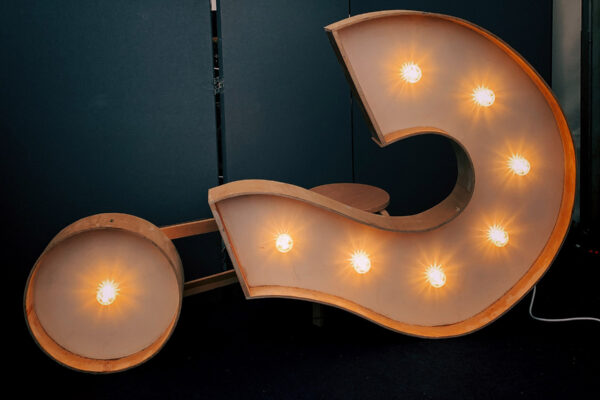Can You Still Leave Your Business When You Planned? Part III: Well, It Depends

In Part 1 of “Can You Still Leave Your Business When You Planned,” we discussed the pressing need to stabilize your business during these unprecedented times before doing anything else. In Part 2 we addressed the need to evaluate your business model and get a professional appraisal to find out where your business value is right now.
The 3rd piece of the puzzle is to determine what you need for the next stage of your life. Aside from the issue of whether you are ready to leave your business activity, from a financial perspective, you want to look at the wealth you have built outside the business, then add the net net proceeds you might expect from the sale of your business.
When you add those two together it gives you a principal number, which is basically the principal you will have to generate income during the next phase of your life. How much income can you anticipate from your principal number? 1 When you compare that to your anticipated cash outflow, you will get a pretty good idea of whether you have enough to exit your business, or will potentially fall short of your desired financial goal.
If your income and/or business model has been impacted by the events of today, you may still be able to sell your business. However, you should anticipate a lower sale price, and that your sale price will involve a larger earnout portion. In M&A transactions we are seeing buyers and sellers turning to the earnout as a way to close deals when there is market uncertainty and disagreement between the seller and buyer about the future income potential of the business.
An earnout is generally an amount paid to a seller one to two years after the sale based on the business performance during that one to two-year period. It allows a seller to get a higher sale price based on projections and a buyer to guard against potential underperformance of the business.
As a seller, you need to be very careful how the earnout is structured contractually. You don’t want to give a buyer the ability to manipulate the income numbers and avoid having to pay the earnout you agreed on.
So, while an earnout provision may allow you to sell now rather than later, you shouldn’t rely on the earnout to cover a gap in your principal goal. If your cash flows are less than your cash outlays, then you have a hard choice to make. If you exit now and want to maintain your lifestyle, then you will likely need to invade your principal to have enough to maintain your lifestyle. As a strategy that can work well as long as you don’t run out of principal before you die. Again, if that is your choice, I strongly recommend you seek professional financial advice.
The second option is to adjust your lifestyle to your anticipated cash flow level. That can be a hard pill to swallow, as you’ve worked hard to build your business, but it nonetheless gives you the choice to sell now.
There is also a third option: Continue in your business and work to build its value. As pointed out in the last post, your business is likely the best income engine you will have available to you during the remainder of your life. Use that income engine to build up your personal wealth and use the added time to build the value of your business, so you can generate a higher net-net when the time comes to leave the business.
From a legal perspective, there are three main areas that impact value: risk, leakage and unanticipated transition.
Reduce the risk and you increase the value of your business. There are many legal techniques that can be used to reduce the risk inside your business or from outside your business. Protecting trade secrets, reducing contract risk, eliminating overly rigid bank covenants, and increasing workplace safety are just a few of the areas that can be addressed from a legal perspective.
Many businesses I have worked with have suffered from an excessive amount of value leakage. What is value leakage? It is the value that slips away from a business, often unmeasured and unnoticed, when the business does not pay attention to its operations, processes and systems. For example, businesses buy insurance to offset the damages they may suffer because of business risk, and businesses obtain credit facilities from their banks, but businesses don’t all pay the same premiums and their cost of credit can vary widely.
Why? Because they present different levels of risk to an insurance company or a bank. Paying these higher premiums and higher credit costs is an example of business leakage. It’s like filling a bucket that has holes in it. The more value they bring into the business, the more value leaks out of the holes and is lost to the business. Address these holes and stop the leakage.
Lastly, prepare for transition, anticipated and unanticipated. If you have ever watched a relay race, you know that the most dangerous time in the race is when one runner hands the baton off to another runner. That is a transition point and if the transition is not perfectly planned, practiced and timed, the entire race can be lost. Business face transitions that can have just as disastrous a result as dropping the baton in a relay race. Carefully drafted and frequently reviewed buy-sell, shareholder and operating agreements, as well as emergency succession plans can go a long way in reducing your transition risk.
All of these important topics will be covered in more detail in future posts. If you would like to read more about them, follow our blog posts, including upcoming guest blogs by experts that can help you sort through these issues.

